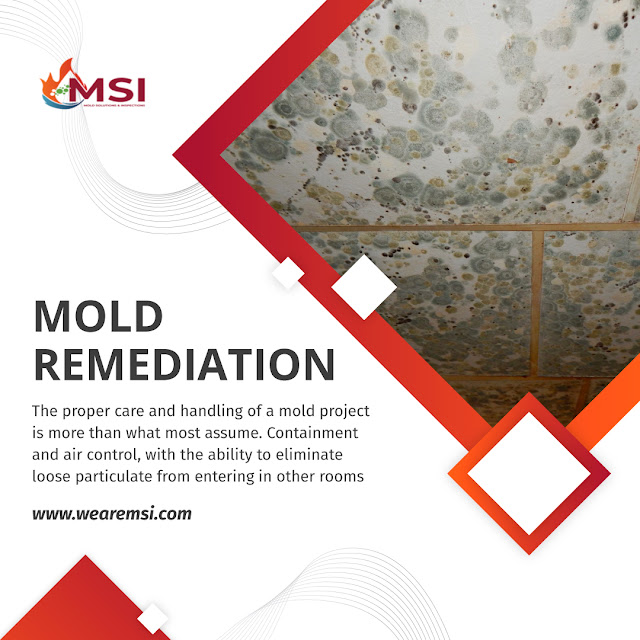5 Strategies to Combat Mold in Your Home
Mold is a common household problem that can not only damage your property but also pose health risks to you and your family. It thrives in damp and humid environments, making your home a perfect breeding ground if not properly managed. To help you combat mold and maintain a healthy living space, we've put together five effective strategies to keep mold at bay.
1. Moisture Control:
Mold needs moisture to grow, so one of the most crucial strategies to
combat mold is controlling the moisture levels in your home.
a. Identify and Fix Leaks:
Check for any leaks in your roof, plumbing, or walls. Even a minor leak
can lead to mold growth over time. Repair these leaks promptly to prevent
further water intrusion.
b. Proper Ventilation:
Ensure that your home is adequately ventilated, especially in areas like
bathrooms, kitchens, and basements. Use exhaust fans or open windows to reduce
humidity after cooking or showering.
c. Use a Dehumidifier:
If you live in a particularly humid climate, consider using a
dehumidifier to maintain optimal indoor humidity levels (ideally between 30%
and 50%). This can help prevent mold growth in your home.
2. Regular Cleaning and
Maintenance:
Keeping your home clean and well-maintained is another vital strategy to
prevent mold infestations. Here's how you can do it:
a. Clean and Dry Wet Areas:
Regularly clean and dry areas that are prone to moisture, like shower
stalls, sinks, and countertops. Don't leave wet towels or bathmats on the
floor.
b. Dust and Vacuum:
Dust and vacuum your home regularly to remove mold spores that may have
settled on surfaces. Use a vacuum cleaner with a HEPA filter to capture tiny
particles effectively.
c. Check Appliances:
Refrigerators, air conditioners, and dehumidifiers can produce
condensation, which can lead to mold growth. Make sure they are properly
maintained and not leaking.
3. Monitor Indoor Humidity:
Regularly monitoring indoor humidity levels is crucial in your fight
against mold. If the humidity levels are consistently above 50%, take steps to
reduce it.
4. Mold-Resistant Building
Materials:
When constructing or remodeling your home, contemplate the utilization of
materials specifically designed to inhibit the growth of mold. These materials
are designed to inhibit mold growth and can be an effective long-term strategy
for mold prevention.
a. Mold-Resistant Drywall:
This type of drywall contains additives that deter mold growth. It is
particularly useful in areas with high humidity, such as bathrooms and
kitchens.
b. Mold-Resistant Paint:
Mold-resistant paint incorporates antimicrobial agents that effectively
deter the growth of mold and mildew on painted surfaces. Use it in areas prone
to moisture, like bathrooms and basements.
c. Mold-Resistant
Insulation:
Some insulation materials are designed to resist mold growth, making them
a great choice for preventing mold in your walls and attic.
5. Professional Mold
Inspection and Remediation:
If you suspect mold in your home or have a history of mold problems, it's
essential to consider professional mold inspection and remediation. Mold can
hide in hard-to-reach places, and its spores can be harmful when disturbed.
Engage the services of a certified mold inspector they can identify the type of
mold and recommend the appropriate remediation measures.
Remember that mold prevention is not
just about protecting your property but also safeguarding your health and
well-being. Visit us at https://www.wearemsi.com/ to know more today!





Comments
Post a Comment